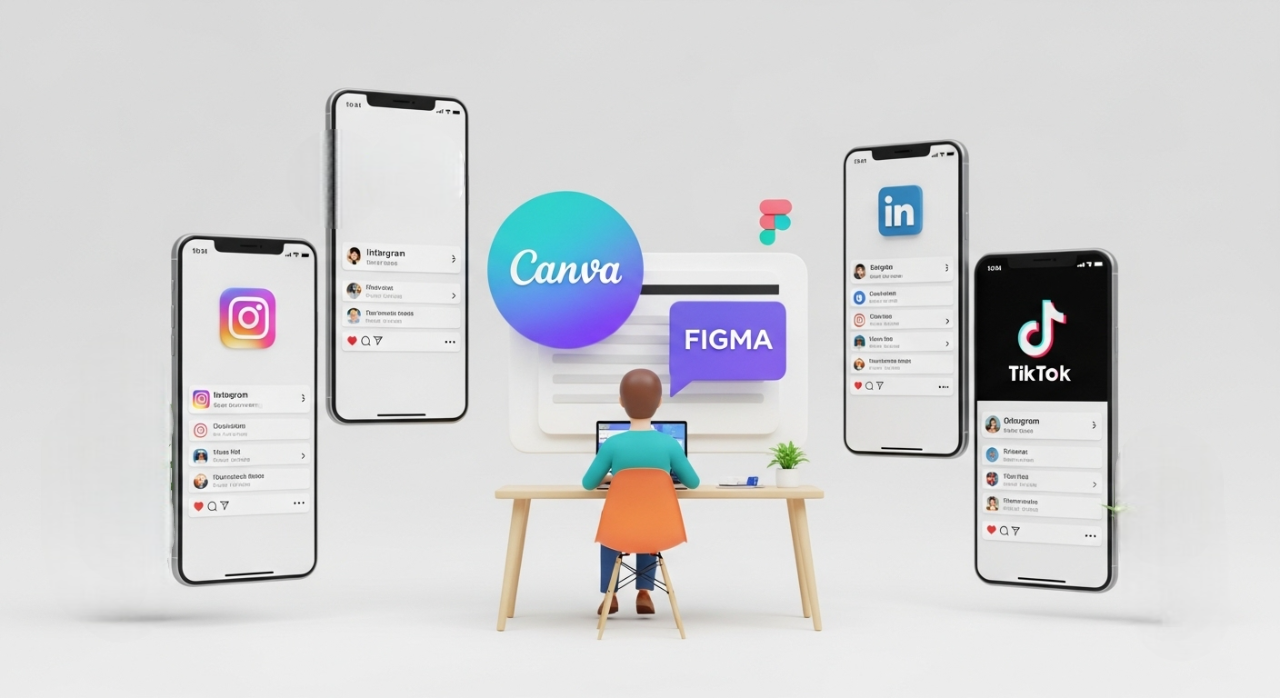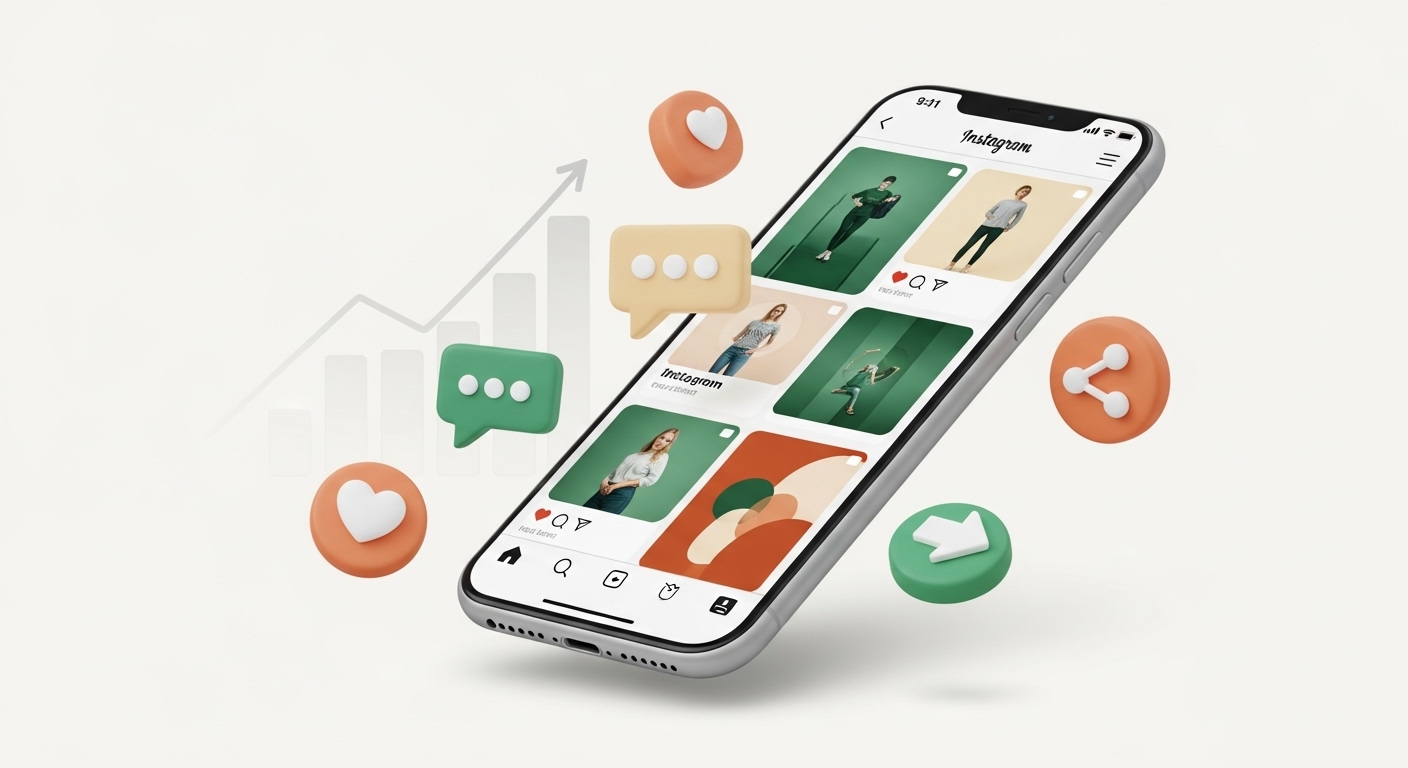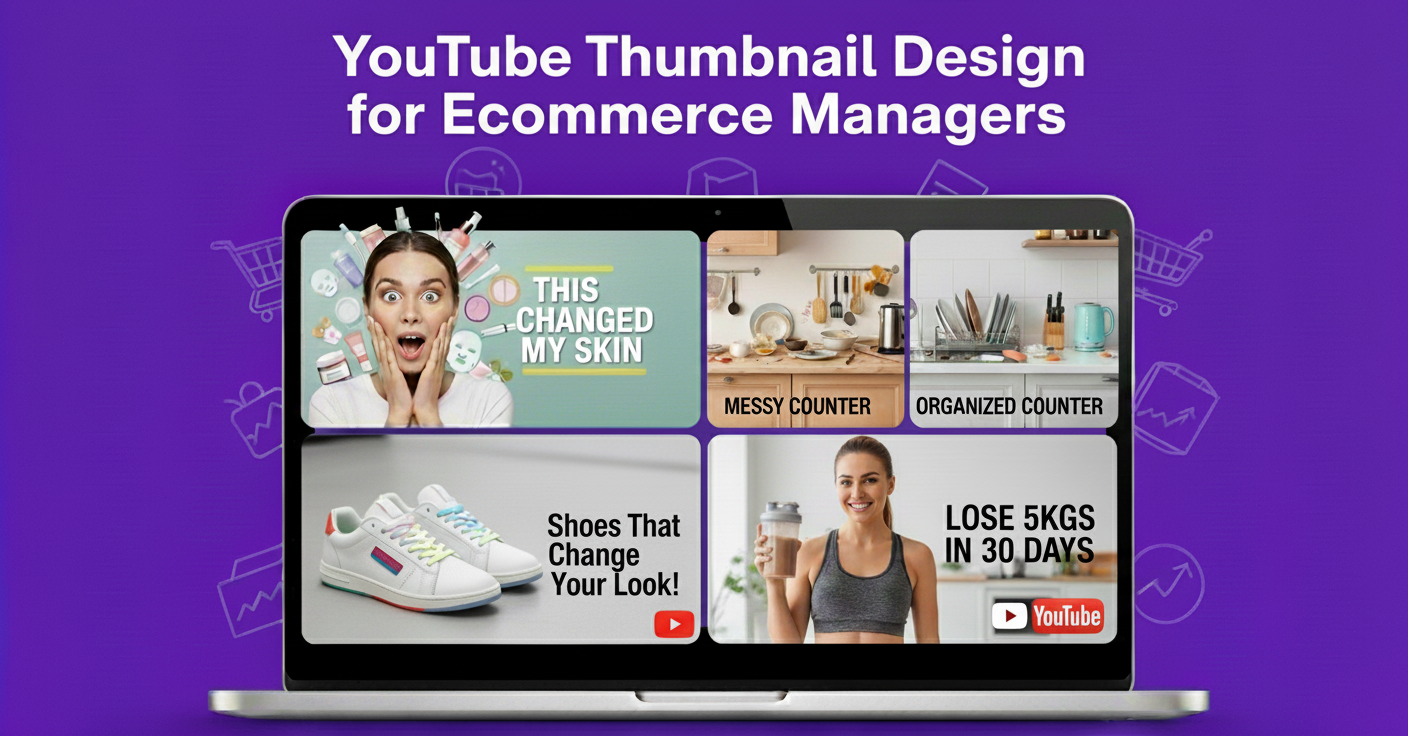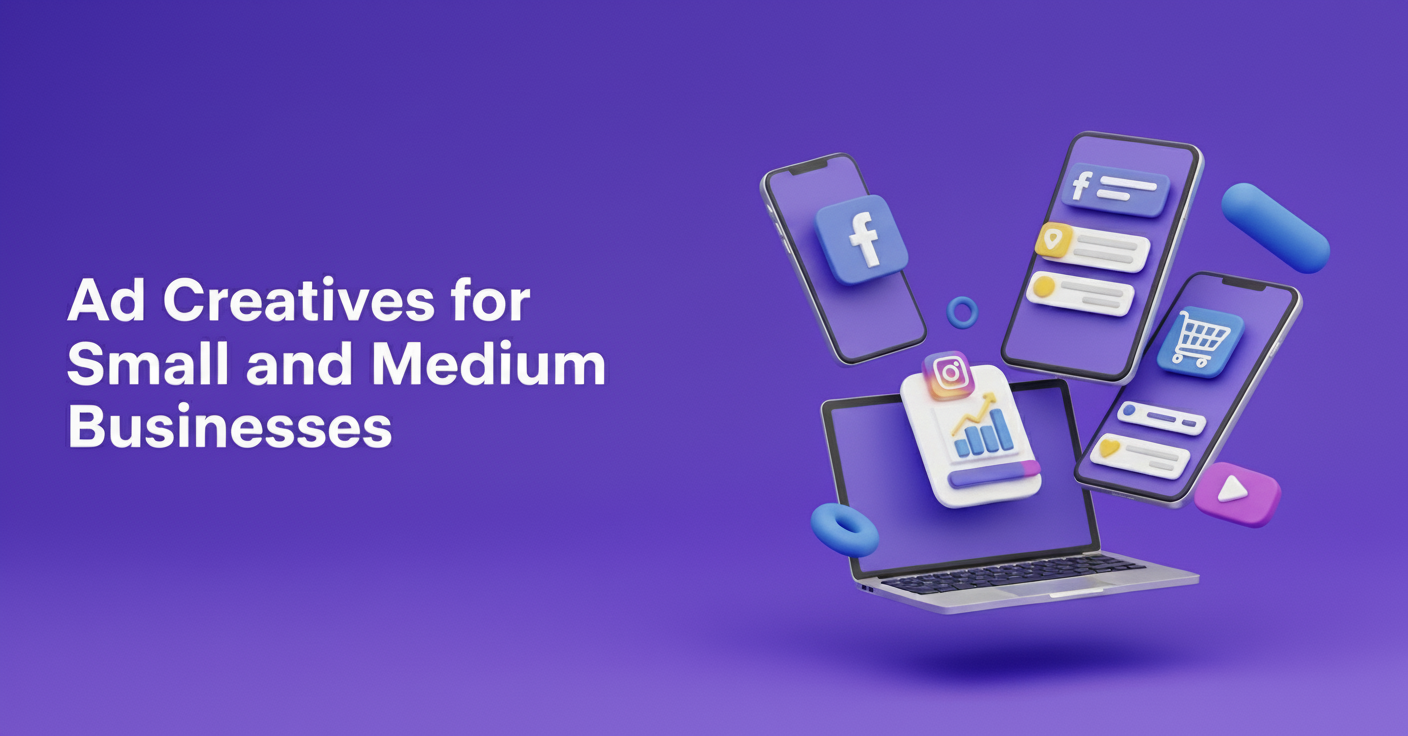Are you tired of your social media posts getting lost in the digital noise? Picture this: You spend hours crafting the perfect caption, hit publish, and… crickets. Meanwhile, your competitors with seemingly “lucky” posts are racking up engagement and sales. Here’s the truth bomb nobody talks about: It’s not luck, it’s strategic design.
As a solopreneur, your social media presence is your storefront, marketing team, and brand ambassador all rolled into one. With over 4.9 billion social media users worldwide and the average person scrolling through hundreds of posts daily, your visual content has exactly 0.3 seconds to make an impact. That’s less time than it takes to blink.
But here’s the good news: You don’t need a massive budget or a design degree to create scroll-stopping content. In 2025, the playing field has leveled, and smart solopreneurs are using strategic design to compete with Fortune 500 companies and winning.
TL;DR
- 3D and depth-centric designs are dominating 2025 social media trends
- Video-first approach is non-negotiable for algorithm success
- Consistency beats perfection – develop templates and stick to brand guidelines
- AI tools can amplify your creativity while maintaining authenticity
- Platform-specific optimization is crucial for maximum reach
Budget-Friendly Solutions
- Free tools like Canva, Figma, and Adobe Express
- AI-powered design generators for unique content
- Template systems for efficient content creation
- Batch creation strategies to save time
Success Metrics
- Track engagement rates, click-through rates, and conversions
- A/B test different design approaches
- Monitor platform-specific analytics for optimization
The Visual Revolution: Why Design Matters More Than Ever
Social media has become increasingly visual, and the stakes have never been higher. With millions of posts competing for attention daily, your design choices can make or break your online success.
Great design isn’t just about aesthetics, it’s about communication, trust-building, and ultimately, driving business results.
2025 Game-Changing Design Trends
1. The Age of 3D and Depth-Focused Designs
Flat design is giving way to more dimensional imagery. 3D objects, shadows, and depth are making experiences more interactive and immersive. You can even use Canva’s 3D features or Figma’s layering capabilities as a solopreneur to give your posts depth without overspending.
2. The Blending of Minimalism and Maximalism
The world of design is embracing dramatic contrasts. Simple, minimalist designs are being charged with bold colors, extra-large fonts, and eclectic touches. This trend enables solopreneurs to be different while being professionally attractive.
3. AI-Generated Graphics with Human Touch
Artificial intelligence is changing the way content is created. Utilize AI tools to create initial designs, then layer in your own brand markers and human touch. This technique saves time while being authentic.
4. Interactive and Engaging Visual Elements
Static posts are losing ground to interactive content. Polls, quizzes, carousel posts, and animated elements are driving higher engagement rates and keeping audiences invested in your content.
Essential Design Principles for Solopreneurs
Brand Consistency is Your Foundation
Your visual identity should be immediately recognizable across all platforms. Develop a consistent color palette, typography system, and visual style that reflects your brand personality. This consistency builds trust and recognition crucial factors for solopreneurs competing against larger businesses.
Video-First Approach
Video content continues to dominate social media algorithms. Whether it’s short-form videos for TikTok and Instagram Reels or longer-form content for YouTube, prioritize video in your content strategy. Even simple screen recordings or talking head videos can be powerful when designed thoughtfully.
Customer-Centric Design
Your designs should speak directly to your target audience’s needs, pain points, and desires. Use customer feedback, testimonials, and user-generated content as design inspiration. This approach ensures your visuals resonate with the people who matter most to your business.
Platform-Specific Design Strategies
Instagram: The Visual Storytelling Hub
Instagram remains the go-to platform for visual storytelling. Focus on creating cohesive feed aesthetics while ensuring each post stands strong individually. Use carousel posts to share more detailed information and leverage Instagram Stories for behind-the-scenes content that humanizes your brand.
LinkedIn: Professional Yet Personal
LinkedIn’s professional environment requires a more polished approach. Use clean, business-appropriate designs with plenty of white space. Infographics and data visualizations perform particularly well on this platform.
TikTok: Authentic and Trend-Driven
TikTok rewards creativity and authenticity over perfection. Focus on creating engaging, trend-aware content that feels native to the platform. Use text overlays, trendy music, and quick cuts to maintain viewer attention.
Twitter/X: Concise and Impactful
With limited visual real estate, Twitter requires punchy, immediately understandable designs. Use bold typography, clear messaging, and eye-catching colors to make your tweets stand out in busy timelines.
Budget-Friendly Design Tools and Resources
Free Design Platforms
Canva, Figma, and Adobe Express offer powerful free tiers perfect for solopreneurs. These platforms provide templates, stock images, and design elements that can help you create professional-looking content without expensive software.
Stock Photo Alternatives
Unsplash, Pexels, and Pixabay offer high-quality free images. However, consider investing in a stock photo subscription like Shutterstock or Adobe Stock for more unique, professional imagery that sets you apart from competitors using the same free resources.
AI-Powered Design Tools
Leverage AI tools like Midjourney, DALL-E, or Stable Diffusion for unique graphic creation. These tools can generate custom illustrations, backgrounds, and design elements that would otherwise require expensive custom design work.
Time-Saving Design Strategies
Create Template Systems
Develop template systems for different content types quotes, tips, announcements, and product showcases. This approach ensures consistency while dramatically reducing design time for each post.
Batch Content Creation
Dedicate specific time blocks to content creation. Design multiple posts in one session to maintain creative flow and ensure consistent quality across your content calendar.
Repurpose Content Across Platforms
Create one piece of content and adapt it for multiple platforms. A single blog post can become an Instagram carousel, a LinkedIn article, and several Twitter threads with platform-specific design adjustments.
The Psychology of Color and Typography
Color Psychology in Action
Different colors evoke different emotions and behaviors. Blue builds trust (perfect for financial services), green suggests growth and health (ideal for wellness brands), and red creates urgency (effective for sales and promotions). Choose colors that align with your brand message and target audience psychology.
Typography That Converts
Your font choices communicate personality and professionalism. Sans-serif fonts feel modern and clean, while serif fonts suggest tradition and authority. Script fonts can add personality but should be used sparingly for readability.
Measuring Design Success
Key Performance Indicators
Track engagement rates, click-through rates, and conversion metrics to understand which designs resonate with your audience. Use platform analytics and tools like Google Analytics to measure the business impact of your visual content.
A/B Testing Your Designs
Regularly test different design approaches to optimize performance. Try different color schemes, layouts, and visual elements to understand what drives the best results for your specific audience.
Building Your Design Workflow
Content Planning and Strategy
Develop a content calendar that aligns with your business goals and audience needs. Plan your visual content around key dates, product launches, and seasonal trends relevant to your industry.
Quality Control Standards
Establish quality standards for your visual content. Create a checklist covering brand consistency, image quality, text readability, and platform optimization to ensure every post meets your standards.
Future-Proofing Your Visual Strategy
Staying Current with Trends
Follow design inspiration accounts, subscribe to design newsletters, and regularly review your competitors’ visual strategies. However, don’t chase every trend focus on those that align with your brand and audience.
Investing in Your Visual Skills
Consider taking online design courses or workshops to improve your skills. Platforms like Skillshare, Udemy, and LinkedIn Learning offer affordable courses that can significantly improve your design capabilities.
Common Design Mistakes to Avoid
Overcomplicating Your Message
Keep your designs simple and focused. Too many elements, colors, or messages can confuse viewers and dilute your impact. Remember, you have seconds to capture attention and communicate your message.
Ignoring Platform Specifications
Each platform has specific image size requirements and best practices. Failing to optimize for these specifications can result in cropped images, poor quality, or reduced visibility in feeds.
Neglecting Accessibility
Design for accessibility by ensuring adequate color contrast, readable fonts, and clear visual hierarchy. This approach not only expands your potential audience but also often improves overall design quality.
Key Takeaways for Solopreneurs
Design Strategy Essentials
- Brand consistency is your competitive advantage – develop a recognizable visual identity that builds trust
- Video content gets more shares than text and images combined
- Interactive elements increase engagement by 300% – use polls, quizzes, and carousels
- 3D design elements are 40% more likely to be shared than flat designs
Smart Implementation Tips
- Create once, adapt everywhere – repurpose content across platforms with minor adjustments
- Batch content creation save your time while maintaining quality
- Use the 80/20 rule – 80% brand-consistent content, 20% experimental trends
- Accessibility features expand your reach and improve overall design quality
Performance Optimization
- Test different color schemes – blue increases trust, red creates urgency and boosts conversions
- Optimal posting times combined with strong visuals increase engagement
- User-generated content with branded elements performs better than purely branded content
From Scrolling to Success: Your Social Media Game Plan
As a solopreneur, your speed and authenticity are your superpowers. Big brands may have budgets, but you have the agility to pivot fast and connect deeply.
Your 4-Week Action Plan
- Week 1: Audit your current social presence and set clear brand guidelines
- Week 2: Design 5 reusable templates for consistent posting
- Week 3: Add video and interactive content into your mix
- Week 4: Track performance and double down on what works
Remember, great design builds trust and drives conversions. Every scroll is a chance to convert a viewer into a loyal customer.
Ready to turn your feed into a lead machine? Start creating scroll-stopping content today and watch your brand grow.
Don’t do it alone, let Design Shifu be your creative partner.
From scroll-stopping visuals to daily design support, we help solopreneurs like you turn followers into customers.
Book a demo today and transform your social media into your strongest business asset.
Frequently Asked Questions
1. How much should I spend on social media design tools as a solopreneur?
Start with free tools like Canva and Figma. As your business grows, consider investing $10-30/month in premium design tools. The key is to reinvest your social media ROI into better tools and resources.
2. Which social media platform should I focus on for visual content?
Focus on 2-3 platforms where your target audience is most active. Instagram and LinkedIn are typically best for B2B solopreneurs, while TikTok and Instagram work well for B2C businesses.
3. How often should I post visual content?
Consistency matters more than frequency. Start with 3-5 posts per week and maintain that schedule. Quality, consistent content performs better than sporadic posting.
4. Can I use the same design across all platforms?
While maintaining brand consistency is important, each platform has unique requirements. Adapt your designs for optimal performance on each platform while keeping your core brand elements consistent.
5. How do I measure the success of my social media designs?
Track engagement rates (likes, comments, shares), click-through rates, and conversions. Use platform analytics and tools like Google Analytics to measure business impact.
6. What’s the biggest mistake solopreneurs make with social media design?
Trying to follow every trend instead of developing a consistent brand identity. Focus on creating recognizable, professional content that aligns with your brand values.
7. How long does it take to see results from improved social media design?
You may see engagement improvements within 2-4 weeks, but significant business results typically take 2-3 months of consistent, strategic visual content.
8. Should I hire a designer or do it myself?
Start by doing it yourself using templates and tools. As your business grows, consider hiring a designer for brand identity and complex projects while handling daily content creation yourself.





